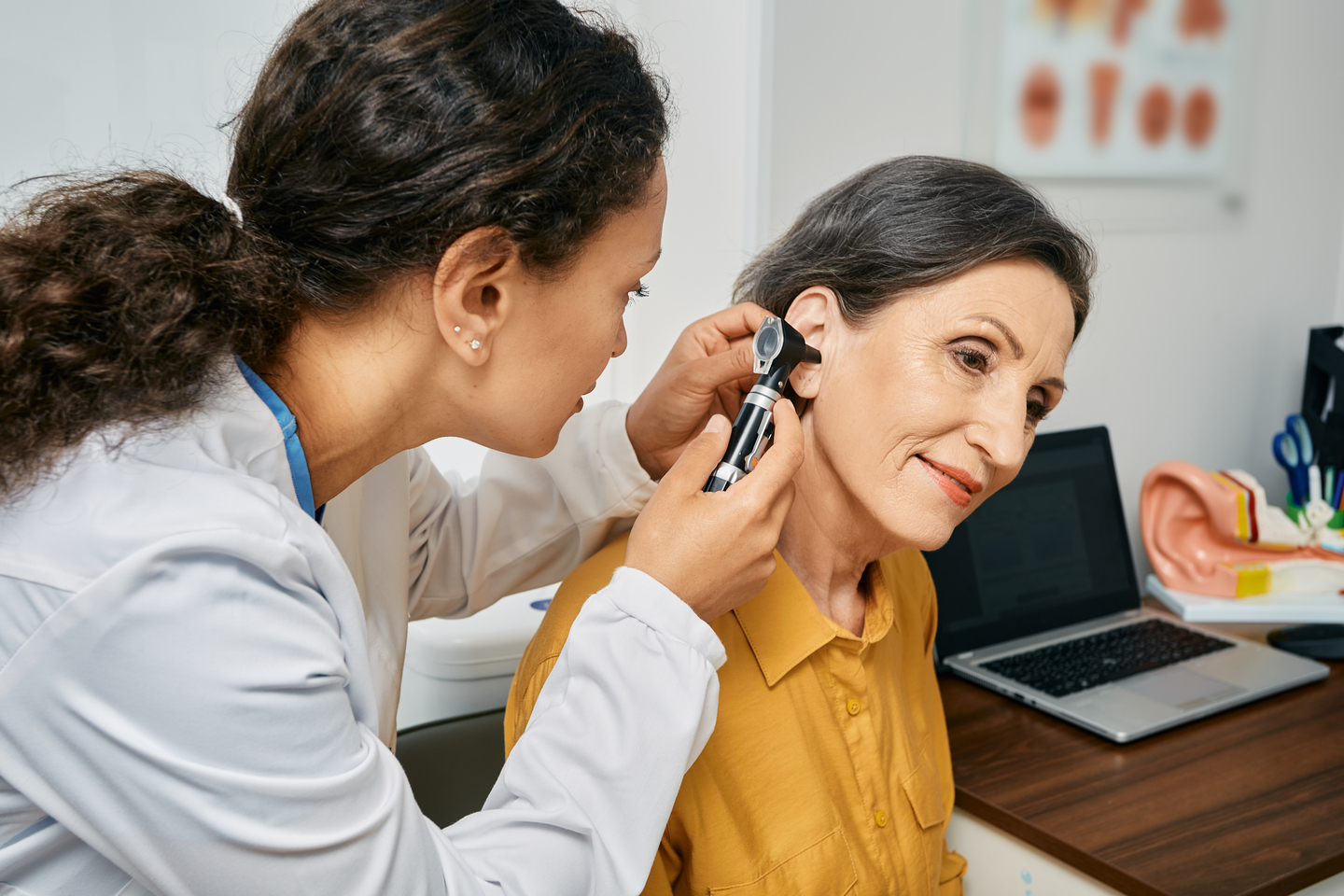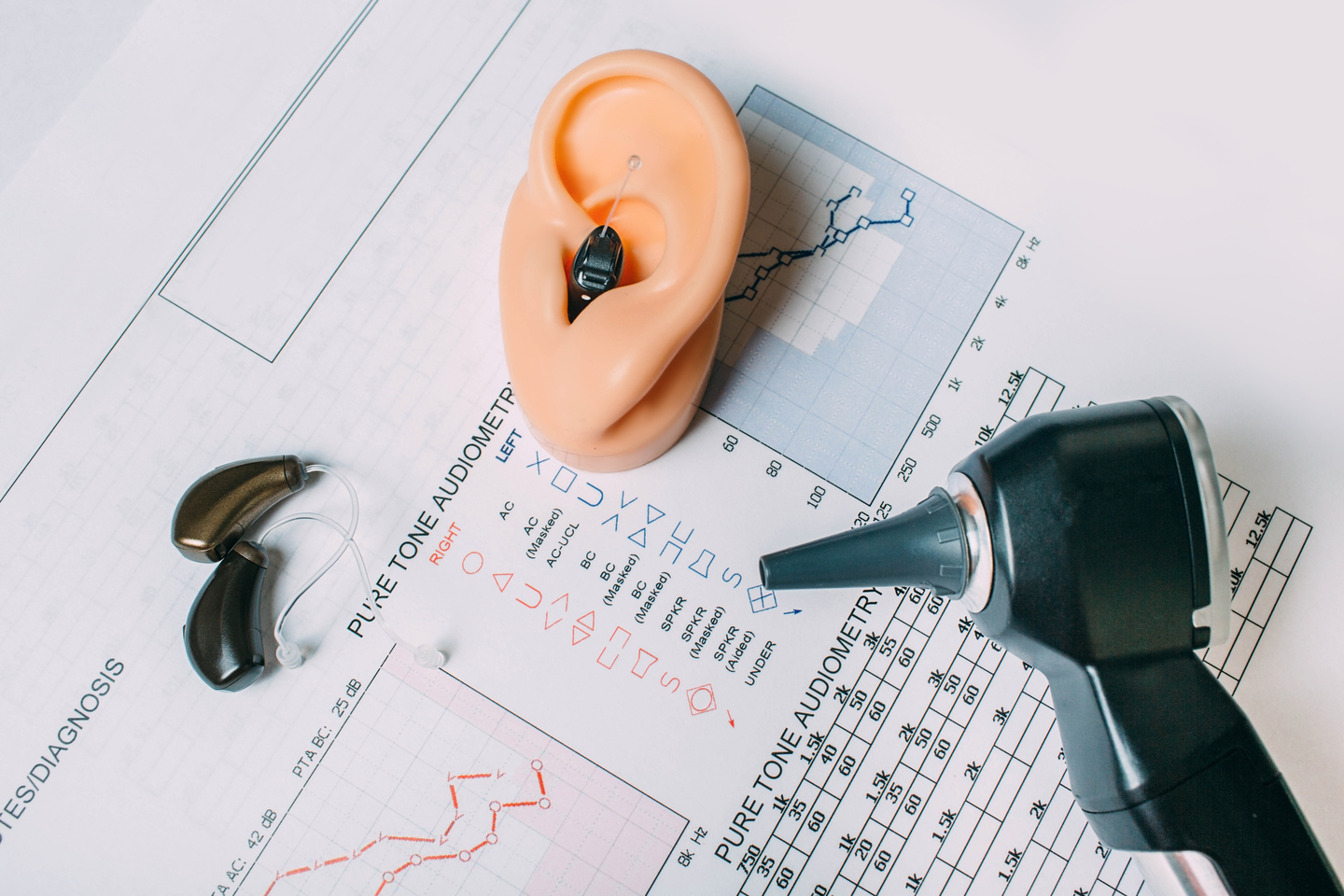Eustachian Tube Dysfunction Anatomy
What is ETD?
Eustachian tube dysfunction (ETD) is one of the most common diagnoses in the Ear Nose and Throat office. ETD can be easily misdiagnosed and misunderstood, and often patients face overwhelming costs, undergo numerous exams, and fail treatments without much improvement of their ETD.
Dr. Ronen Nazarian, a fellowship-trained ear surgeon, has dedicated much of his work to developing an ETD program to help effectively and safely diagnose and treat the various causes of ETD.
Dr. Nazarian has gained a deep understanding and appreciation for the Eustachian Tube. Appropriate and timely treatment of ETD is the cornerstone for proper management of chronic ear disease. We have found that almost all patients with chronic ear disease, recurrent ear infections, cholesteatoma, and eardrum issues have some underlying Eustachian tube dysfunction that has never been properly addressed.
ETD Anatomy
The Eustachian tube is a small tube that connects your ear to your nose. This tube is important for pressure equalization into the middle ear. You might have noticed your Eustachian tube functioning when yawning, swallowing, chewing, flying, driving at high altitudes, or scuba diving. When the Eustachian tube opens, there is usually a click, referred to as your ears “popping” accompanied by relief of pressure in the middle ear.
The Eustachian tube becomes dysfunctional when it is congested and its movement is restricted. It becomes hard to open the Eustachian tube by the normal processes of yawning or swallowing, and even forceful equalization of the Eustachian tube becomes hard to perform.
When the Eustachian tube stops functioning properly, it can lead to ear pressure, fullness, hearing loss, abnormal clicking, and even pain. Since the ear depends on the Eustachian tube for drainage, Eustachian tube dysfunction can also lead to the accumulation of infection and fluid in the middle ear, or otitis media.
Because the ear is connected to the nose through the Eustachian tube, many people with allergies and sinus issues can also have Eustachian tube problems.
Common causes of Eustachian tube dysfunction are:
- Allergies
- Sinusitis
- Enlarged adenoids
- Nasopharyngeal mass
- Pregnancy
- Smoking
- Weight Gain
How is Eustachian Tube Dysfunction diagnosed?
A thorough history and physical exam by an otologist (link to ohni.org, bio page for nazarian) is required to diagnose Eustachian tube dysfunction. A hearing test is often necessary to differentiate Eustachian tube dysfunction (ETD) from other similar problems. ETD is often misdiagnosed due to subtleties in exam findings. Many general ENT physicians do not do the appropriate testing required to identify this disorder.
What are some possible treatments of Eustachian Tube Dysfunction?
Treatment of Eustachian tube dysfunction hinges on identification of the underlying cause. There may be a simple cause, which can be easily treated. However, if left untreated, the dysfunction may progress and require more advanced treatment. Treatment options include:
- Allergy treatment
- Decongestants
- Nasal steroids
- Adenoid or Sinus surgery
- Ear tube placement
- Eustachian balloon tuboplasty
- Eustachian bypass procedure
- Drug-eluting stents








